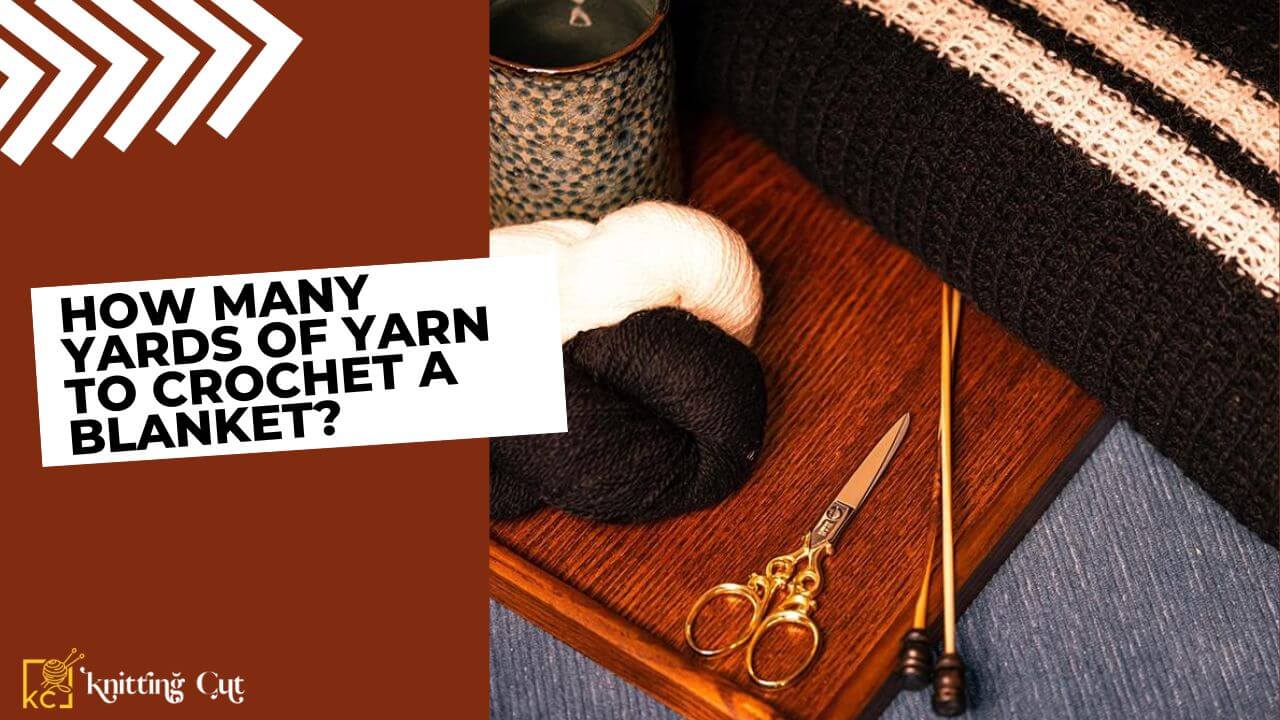Crochet a blanket is a delightful and creative endeavor, but one of the most common questions that arise is, “How many yards of yarn do I need to crochet a blanket?” The answer to this question depends on various factors, and in this article, we will guide you through the process of determining your yarn requirements.
Understanding Yarn Requirements
Your approach to figuring out how much yarn you’ll need will depend on whether you’re following a pattern or improvising your own design.
Working with a Pattern
When you’re working with a pattern, the yarn requirements are typically laid out for you. For instance, if the pattern specifies 500g of a particular yarn sold in 100g skeins, you’ll need five skeins for your project.
Substituting Yarn
If you decide to substitute yarn, opt for a similar yarn in the same weight category as the original. Make a test swatch to ensure the new yarn complements your pattern well. Calculate yardage based on the new yarn’s measurements.
Designing Your Own Pattern
For those venturing into the realm of creating their own pattern, mastering the gauge swatch is essential. Armed with a swatch, a kitchen scale, and some basic math, you can accurately estimate yarn requirements for your project.
Also Read: Why Is My Crochet Blanket Curving?
Calculating Yarn Yardage: Step-by-Step Guide
Alright, let’s dig into the heart of the matter: how do you actually calculate how much yarn you’re going to need for your crochet project? Let’s break it down, step-by-step
Step 1: Make a Gauge Swatch
Start by crafting a 4×4-inch swatch using your chosen yarn, hook, and stitch pattern. This will allow you to assess the fabric’s texture and gauge.
Step 2: Measuring the Swatch
Count the stitches across rows. Multiply these numbers to determine the total stitches in your swatch. Weigh the swatch for precise measurements.
Step 3: Calculating Yardage
Calculate how much yarn is used per stitch by dividing the swatch weight by the total stitches. Determine the total stitches in your project by multiplying width and height. Finally, find out the total yarn needed for your project.
Step 4: Converting Weight to Yardage
Refer to your yarn label for weight-to-yardage conversions. Divide the grams needed by the grams in a skein, then multiply by the yardage in a 100g skein.
Don’t Forget Extra Yarn
It’s wise to get 10-20% more yarn than your calculations suggest. This accounts for any discrepancies and ensures you have enough for unexpected additions or modifications.
Estimating Yarn for Different Projects
With all this discussion on measurements and sample pieces, you might wonder, ‘What if I’m working on a project with a more complex shape than a square or rectangle? How do I go about estimating yarn requirements in that case?’
The fundamental steps remain unchanged. Begin by crafting a sample piece, weigh it, and determine the yarn usage per stitch. The next challenge is to ascertain the total number of stitches in your project. Following this, multiply the overall stitch count by the yarn consumption per stitch to arrive at your total yarn needed.”
Blankets & Afghans
For these rectangular projects, you’ll multiply the number of stitches in a row by the total number of rows in the blanket.
Scarves & Cowls
For rectangular projects, follow the same approach as with blankets. For infinity scarves or cowls, multiply stitches in each round by the number of rounds.
Hats & Beanies
Treat these projects as a small tube with a circle on top. Calculate the body of the hat separately from the crown, then add them together for the total stitch count.
Conclusion
Accurately estimating yarn requirements is crucial for a successful crochet project. By following these steps, you’ll be equipped with the knowledge and skills to confidently plan and complete your next blanket.
Also Read: How To Take Out Crochet Braids?
